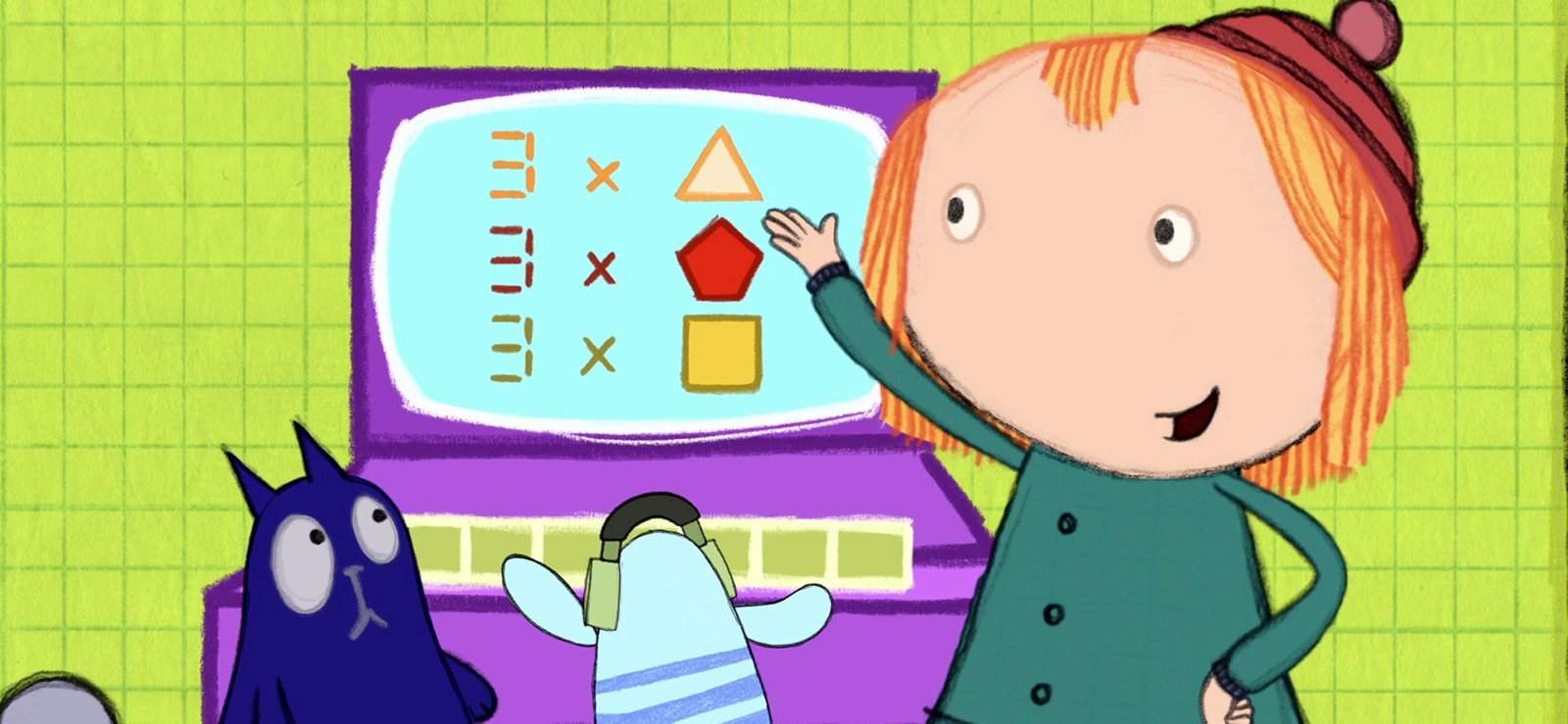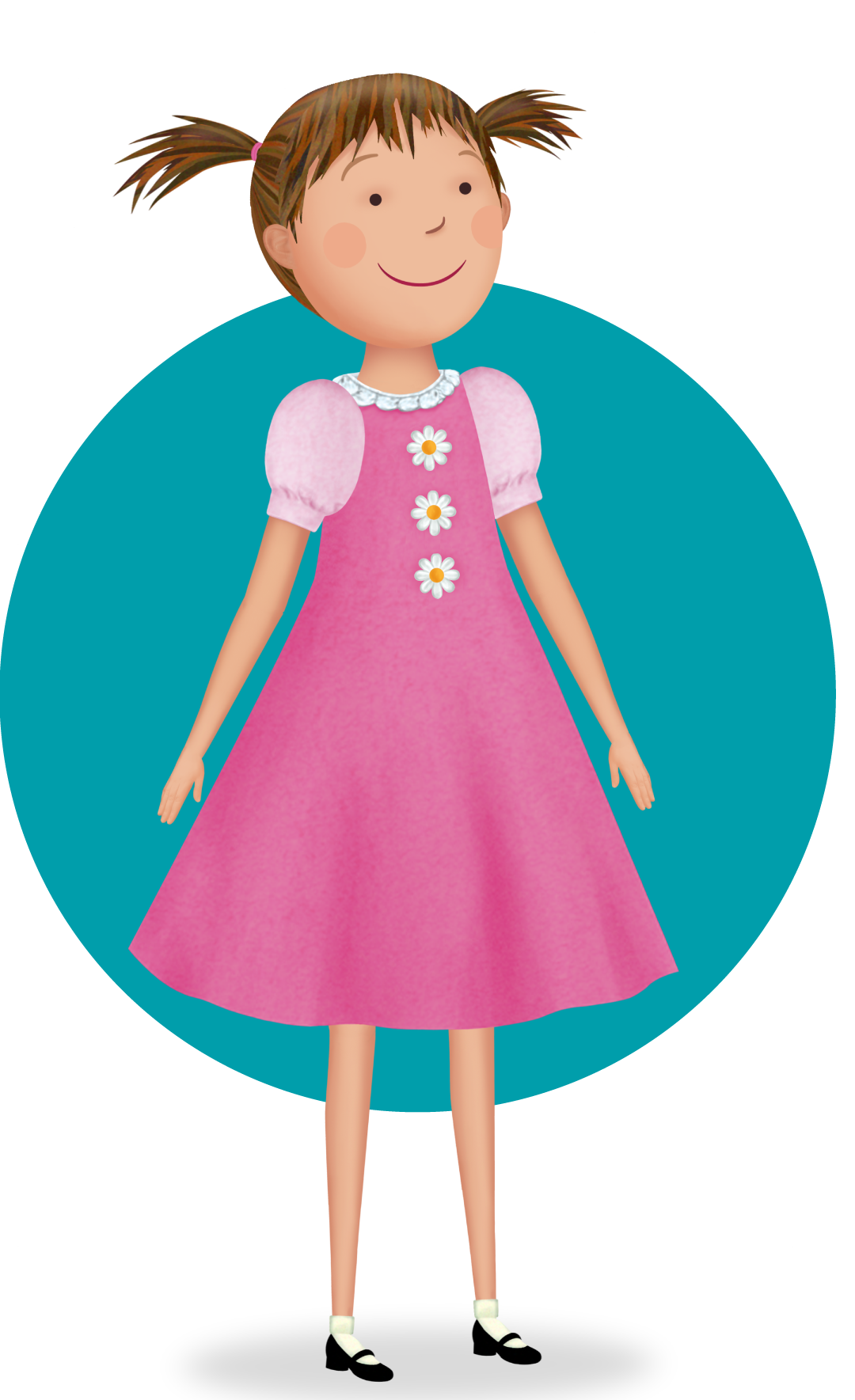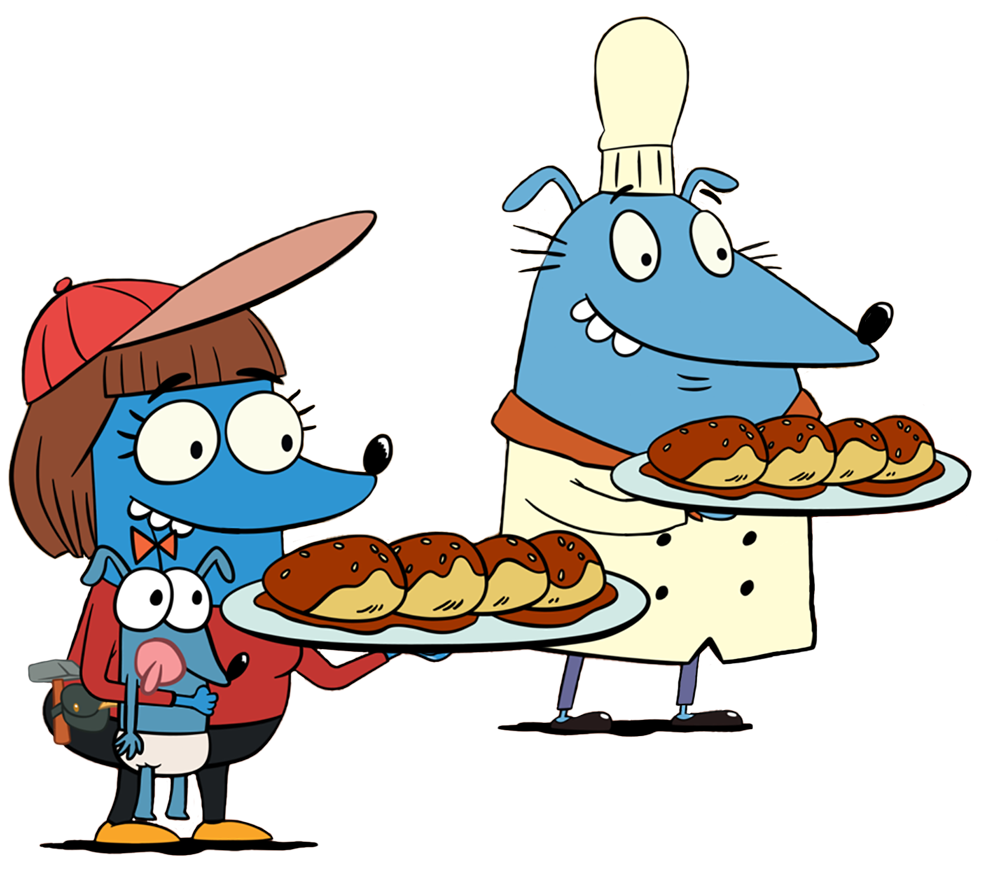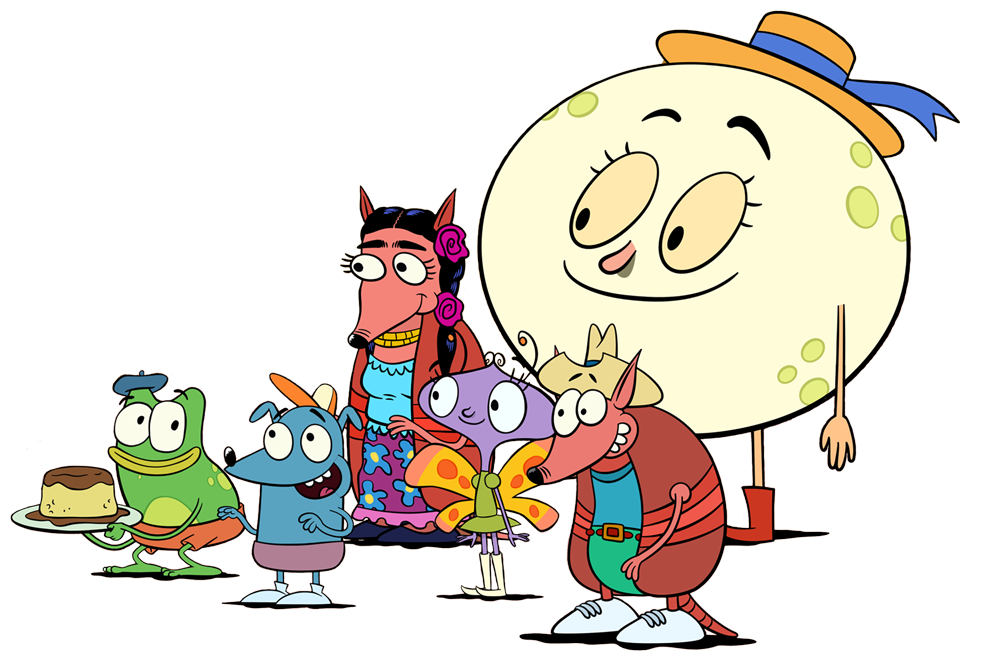Parts of Peg | Activities | WTTW Kids Learn & Play
This activity teaches children the emotional intelligence and fortitude to accomplish goals and get better every day.

Activity Prep
- Determine in advance the skill level of the children in the group. There are two options on the handout: drawing Peg or cutting out shapes and gluing them together. Decide which you would like to do or whether to encourage children to choose one or the other. Keep in mind that the amount of time you have to put Peg together may be the determining factor.
- Before the activity begins, prepare a chart on the white board or large piece of paper that has four shapes (circle, rectangle, square, and triangle) on it and a blank column next to the shapes with the heading “Number of Sides.”
Activity
- Make sure all children in the group understand the concept of shapes by creating a “sides chart” that childrencan use as a reference for the remainder of classroom work with shapes. Tell the children that they will be learning about shapes today. Go through the four shapes on the “sides chart” (circle, rectangle, square, and triangle), asking how many sides each has (0, 4, 4, and 3, respectively). Then ask the children what the difference is between a square and a rectangle (a square has four equal sides, and a rectangle has two long sides and two short sides).
- Tell the children that they will watch a short video from Peg + Cat in which Cat talks about how much he loves one of the shapes the children have been studying today. Watch the video.
- Now tell the children that there is something interesting about Peg and other things in the world around us: they are made up of shapes! The children will watch the classic Sesame Street clip which shows how shapes make up things such as trees, boats, and flowers.
- Distribute the completed Peg handout (for children to use as a guide for putting Peg together) and the handout with shapes that make up the Peg figure (PDF link listed in items needed/considerations), glue sticks, and safety scissors to the children (or give them the shapes pre-cut). The children will create their own Peg to take home!
Considerations/Modifications/Extension Activities
- For children that need additional assistance, give children the “Parts of Peg” pre-cut and put Peg together as a group, prompted, one piece at a time.
- For more adventurous children, encourage children to draw and color their own Peg from the handout instructions or glue their Peg onto a separate piece of paper and draw a scene around her.




